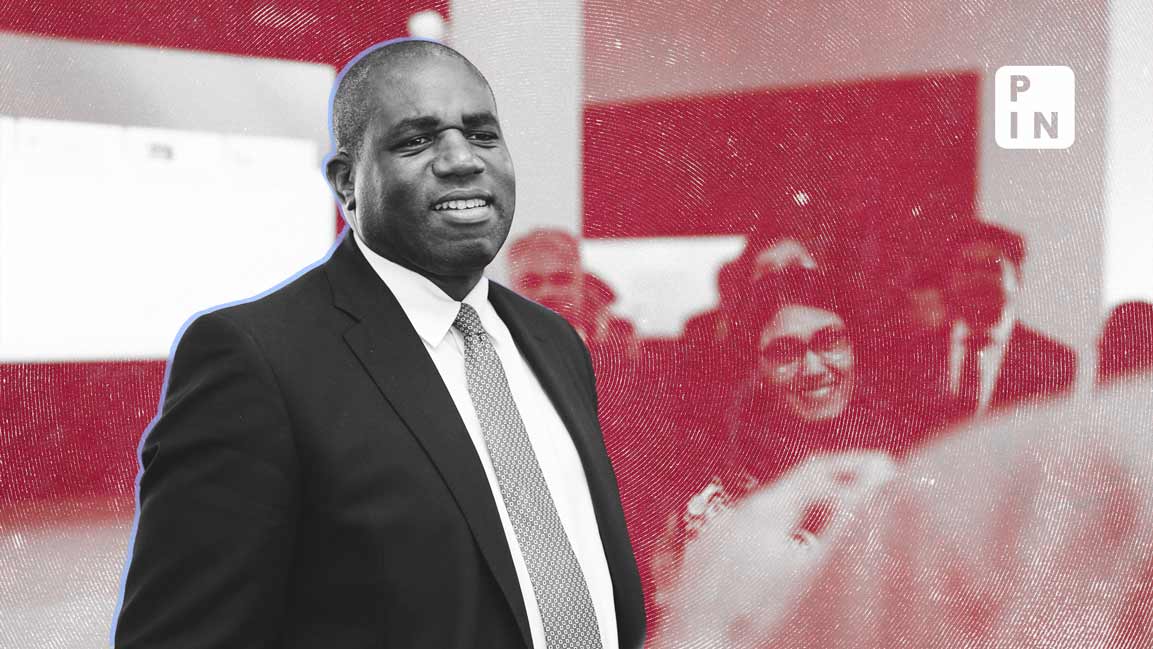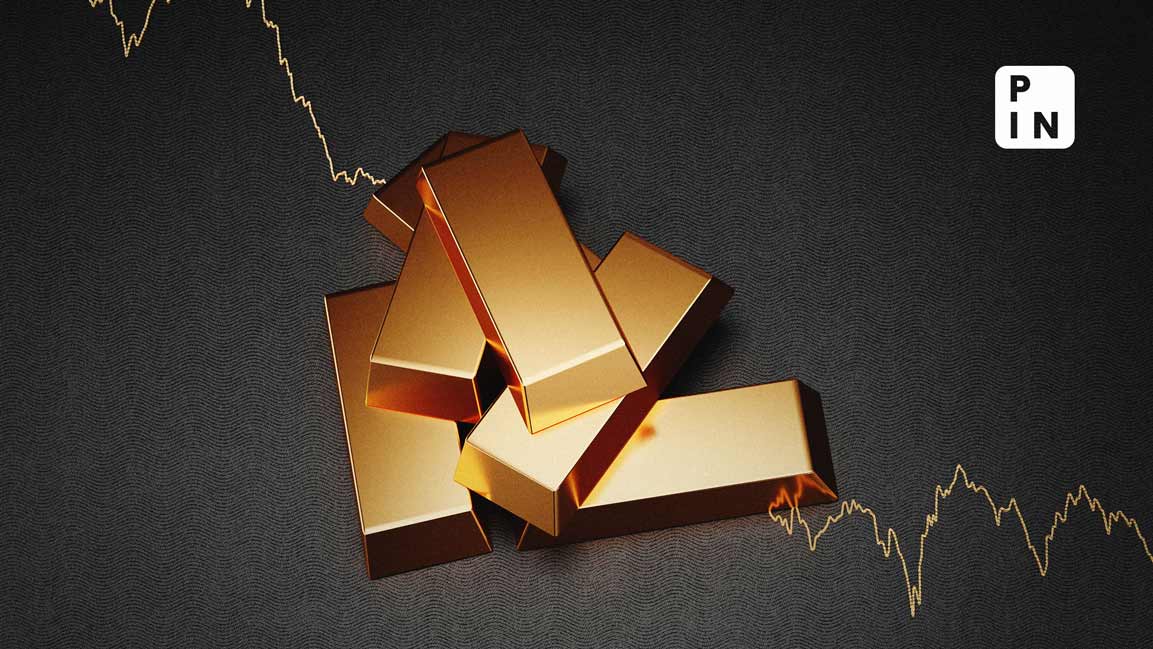- | 5:00 pm
Crude oil, rupee in focus as Israeli ground assault looms in Gaza
The Indian currency hit an all-time low against the dollar on Monday as diplomatic efforts intensified to prevent an escalation of the Israel-Hamas conflict

Investors are keenly tracking geopolitical developments as diplomatic efforts gather pace in the Middle East to prevent an escalation of the Israel-Hamas conflict.
Crude oil stabilized and the Indian rupee gained on Tuesday after a manic Monday when the rupee plunged to an all-time low amid worries over climbing oil prices.
India imports more than 85% of its petroleum needs and spent about $162.2 billion in FY23 on the import of petroleum products, government trade data showed.
Crude prices had surged after Tel Aviv warned more than one 1 million people to leave Gaza ahead of a ground invasion following the killing and abduction of civilians in populated Israeli areas.
“A sudden escalation in geopolitical risk in the Middle East, a region accounting for more than one-third of the world’s seaborne oil trade, has put oil markets on edge following the attack by Hamas on Israel,” the International Energy Agency (IEA) said in a recent report.
“While there has been no direct impact on physical supply, markets will remain on tenterhooks as the crisis unfolds,” IEA said.
US President Joe Biden will arrive in Tel Aviv on Wednesday in a signal of strong US backing for Israel, Washington’s staunchest ally in the Middle East.
US Secretary of State Antony Blinken held talks with the heads of six Arab states–Jordan, Egypt, the United Arab Emirates, Bahrain, Saudi Arabia and Qatar—over the past few days before revisiting Israel on Monday for marathon talks with Prime Minister Benjamin Netanyahu.
Russian President Vladimir Putin this week dialled the heads of Egypt, Syria, Iran, and the Palestinian Authority and called for unanimous agreement on the need for a cease-fire.
Putin, who arrived in China ahead of a meeting with President Xi Jinping on Wednesday, also held separate conversations with Netanyahu.
Iran, meanwhile, has warned of “pre-emptive” action against Israel “in the coming hours”, as Israel prepares for a ground assault in the Gaza strip.
“The ongoing Israel-Palestine conflict hasn’t directly affected oil-producing nations. So, unless the war extends and grows, pulling in countries like Iran, I don’t foresee global oil prices rising,” said Sher Mehta, director of macroeconomic intelligence and econometrics at Virtuoso Economics.
“Considering the unsettled global economy and enduring high interest rates in the developed world, I’m not particularly concerned about a surge in oil prices. If the conflict doesn’t escalate, then the current account deficit shouldn’t be a worry, especially given its strong and sustainable growth,” Mehta said.
Oil prices had surged to nearly $98 a barrel in mid-September after Saudi Arabia and Russia extended their voluntary production cuts through year-end and as crude oil and distillate inventories drew to exceptionally low levels.
Rising prices focused the market’s attention on the prospect that ‘higher for longer’ interest rates could slow economic and demand growth.
ANZ analysts forecast that oil prices could reach $100 per barrel in the short term due to rising risks of regional escalation.
“While neither Israel nor Hamas are key oil producers, the involvement of Iran could jeopardize up to 20 million barrels per day,” the report noted.
ANZ said that oil cartel OPEC, primarily Saudi Arabia, will likely downplay how the conflict affects global oil supply.
“If tensions continue, we predict Saudi Arabia might cease its voluntary cuts but not before the year ends. This could result in a year-end deficit of 2 million barrels per day. We’re maintaining our short-term price target of $100 per barrel,” the ANZ report said.













